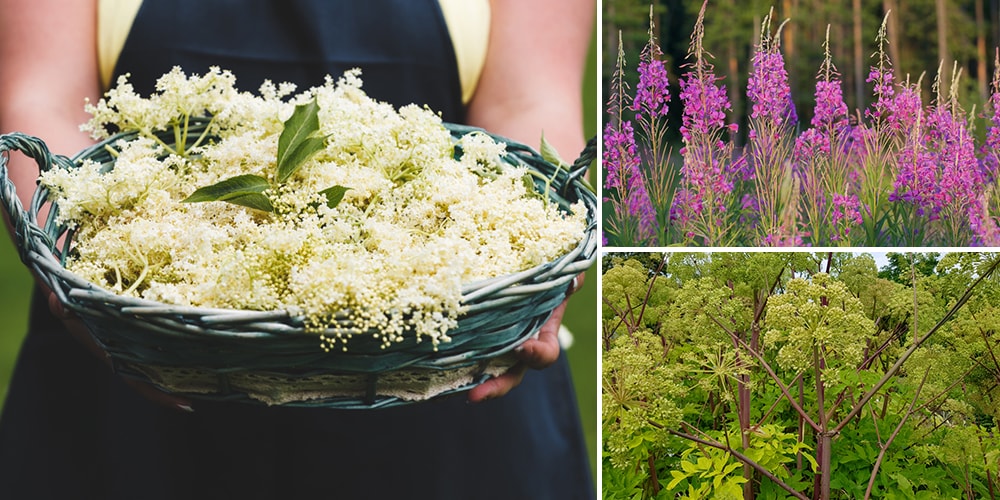
27 Edible Plants That Might Surprise You
Wild plants are so abundant all around us that we pass most of them as ordinary and some as almost worthless. But many of them are edible! If you know what to look out for, there is no reason why you would have to stay hungry outdoors. If you love eating wild plants, then this article is your treasure. It might be a surprise to see that there are so many different wild edible plants, even around your house.
Calendula
Calendula or pot marigold (Calendula officinalis) is an ornamental plant cultivated for medicinal and gardening purposes, not as edible plants. But there is more to calendula than just its sweet summery aroma and beautiful golden blooms. Its flowers, especially the petals, are edible with a slightly peppery taste.
Calendula petals give color to salads, scrambled eggs, and salsas. It can be added to butter to make an herbal compound with amazing medicinal benefits. Calendula leaves, on the other hand, are bitter-tasting yet they are also edible.
Marigold
Marigold (Tagetes erecta) shares a common name with calendula but they are different plants. They bear similar golden flowers. However, calendula has long, flat and bowl-shaped petals while marigold flowers are wavy and with rounded corners.
Like calendula, marigold also has culinary uses. Its flowers and extracts are used in many baked goods and food processing techniques. Its pigment is so potent that it is used as a coloring and a substitute for saffron. Its fresh and young buds can be eaten and added to various salads.
Chickweed

Commonly found in lawns or areas of sun and partial shade, chickweed can be easily harvested in early spring.
The stems can grow up to a foot and a half long with pointed oval-shaped leaves. Chickweed also produces small white flowers. You can distinguish it from other similar plants by the elastic inner stem and the fact it doesn’t have a milky sap. It has a sweet, mild flavor.
It is often used in salads or as a spinach substitute. It is also used traditionally to treat inflammation, as an astringent and to treat skin conditions.
Cattail
The tall and reedy cattail plant (Typha) has practical use in filtering water pollutants and in basket weaving. It is also a wild food source for its many edible parts, making it one of the best edible plants to look out for in the wild. Its roots, stalks, flower head, shoots, seeds and pollen are good for eating. These certain parts can be harvested at different times of the year. You can enjoy its pollen and shoots in spring or gather the rhizomes in fall. Cattail pollen can be made into flour and its young and green flowers are grilled like corn on the cob.
Be careful when foraging for cattails because two toxic varieties of the iris (the blue flag and yellow flag) resemble young cattail plants.
Dandelion
Dandelion (Taraxacum officinale) is notorious for its reputation as an allergen and invasive weed. This herbaceous plant can easily overwhelm the garden through its rhizomes and feathery flowers.
But while dandelion is annoying, it is also useful for many culinary purposes. Dandelion petals and buds blend well into pancakes, breads and omelets. Its leaves and roots are a fine addition to salads for their flavor and color. Dandelion flowers are best made into jam, wine, tea and baked goods.
Goosegrass
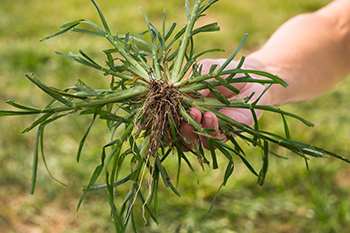 Often considered a weed, goosegrass has medicinal qualities as well as being edible. Know for its sticky hooks, goosegrass is sometimes called cleavers, stickweed, or catchgrass.
Often considered a weed, goosegrass has medicinal qualities as well as being edible. Know for its sticky hooks, goosegrass is sometimes called cleavers, stickweed, or catchgrass.
It can reach heights of four feet and expand outwards ten feet so goosegrass is a good-sized plant.
Medicinally it can be used to treat kidney, bladder, and urinary problems as well as treat skin conditions.
The young tender shoots can be eaten and the seeds roasted for a coffee substitute.
Gorse
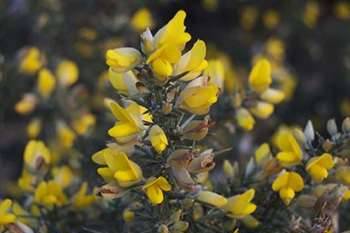
Gorse bushes can grow to be ten feet tall and are known for their impenetrable thorns. While often considered a noxious weed because of the thorns, the buds and flowers can be eaten.
Pickle the buds like capers. Snack on the flowers, add them to salads, or use them to make wine.
Gorse flowers have a sweet, coconut-like flavor that can add a unique twist to desserts and beverages. Beyond their culinary uses, traditional herbalists have used gorse extracts for their mild diuretic and anti-inflammatory properties, making this prickly plant surprisingly versatile in both the kitchen and natural remedies.
Daisy
Daisies (Bellis perennis) are often seen in bouquets valued for their pretty blooms, not considered as edible plants. Traditionally, its dried flowering heads are used for making decoctions and infusions for treating several health troubles. Chewing its leaves cures mouth ulcers and its roots are steeped and applied topically for skin problems.
Daisy leaves and flowers also make excellent vegetables. You can add them to fresh salads, boil them in soups or roast them for sandwiches. Young leaves may either be eaten raw or cooked as potherbs. It has a slightly spicy and bitter taste that makes a perfect and nutritious fresh brew.
Roses
The lovely rose (Rosa) is gaining popularity in baking and pastry art as an edible garnish. But roses are not only useful for their aesthetic appeal in pastries. You can also make jams and jellies, wines and teas. Rose hips syrup and marmalade pair well with bread and cheese for breakfast.
Here’s a rose hip marmalade recipe you can try.
You’ll need: 4 cups of chopped rose hips, 1 chopped apple, wedges of 1 lemon and 1 orange with their peels, 6 cups of water, 5 cups of sugar and ½ tsp butter
Steps:
- Put the ingredients in a pot.
- Add 6 cups of water and boil until the fruits are very soft.
- Measure in 5 cups of sugar and stir it into the jam very well until dissolved.
- Add ½ tsp butter, reduce the heat and cook until it reaches 220⁰F, for 15 minutes.
Lotus
Not many people know this, but lotus (Nelumbo nucifera) is an edible plant from its roots, stem, flowers, leaves and seeds. These parts are often chopped and cooked into stir fries and soups. Ground lotus petals are steeped into tea to relieve fever while its root extract is traditionally used for treating lung diseases. Thinly-sliced lotus roots are seasoned with salt and pepper to make healthy fried chips.
⇒ Doctors Soak What Flower in Vinegar to Fight Infections Naturally? (Video)
Lotus seeds are also a nutritious snack, rich in protein and antioxidants. They can be eaten raw, roasted, or ground into flour for baking. In traditional medicine, lotus seeds are valued for their calming effects on the mind and their ability to support kidney and spleen health. Incorporating lotus into your diet offers both culinary delight and natural wellness benefits.
Pine Trees
Pine nuts are long known to be edible plants. Pine needles, except for Cypress and Yew, are also safe for human consumption and often used in tea. The inner and outer bark of the pine tree is also surprisingly palatable. You can toast and grind the bark into flour and use it for bread and pastries. Here’s a pine bark cookie recipe you can try.
You’ll need: 7/8 cups pine bark flour, 3 ¾ cups whole wheat flour, 1 tsp salt and 1 ¾ cold water.
Steps:
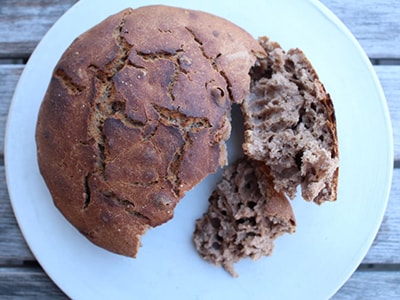
- Preheat the oven to 500⁰F.
- Mix all the ingredients, adding a little more water or flour to a consistency where it can be rolled.
- Roll the dough into thin sheets and cut them into bite-size pieces.
- Line them on an oiled baking sheet and prick each cracker with a fork.
- Bake for 3 minutes, flipping the crackers halfway through.
Coffee Cherry
Ground coffee beans are indispensable for making a beverage. The coffee cherry (Coffea arabica) is edible and can be eaten straight from the coffee tree. It can be brewed into a more potent coffee or dried and added into flour for pastry-making. Coffee berry also makes a nutritious smoothie.
The coffee cherry is also rich in antioxidants, particularly polyphenols, which can help fight inflammation and support overall health. Some studies suggest that coffee fruit extract may boost brain function and improve mood. Whether enjoyed fresh, dried, or blended into drinks, the coffee cherry offers more than just caffeine—it’s a valuable superfruit in its own right.
Red Clover
As a fodder and medicinal herb, red clover (Trifolium pratense) is not particularly thought of as one of the edible plants. But like most herbaceous plants, red clover is also a nutritious herb. You can harvest its tender leaves and turn them into a salad or cook them like spinach. The dried seed pods and flowers are grounded into flour. When added to cakes, dried red clover leaves can impart a flavor similar to vanilla.
Red clover is also rich in vitamins and minerals, especially calcium, magnesium, and vitamin C, making it a valuable addition to any wild food diet. Its flowers can be steeped into a mildly sweet tea, and the young sprouts are excellent when added to sandwiches or grain bowls. Beyond its healing properties, red clover offers a surprising variety of culinary uses for those who know how to work with it.
Fiddleheads
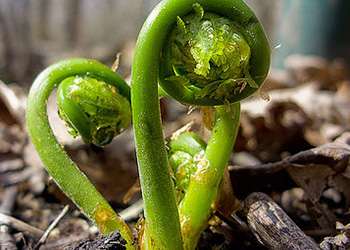
Fiddleheads are the first sprout of a fern. There are many different varieties of edible ferns. Once you’ve found your first fiddleheads, this delicacy is easy to identify.
Usually only available for a few weeks, the tiny fern sprouts add a unique flavor to your cooking, a truly valuable edible plant.
Fiddleheads have been shown to have up to twice the antioxidant capacity of blueberries! These antioxidants have the ability to boost levels of glutathione (a powerful antioxidant) and ramp up your body’s innate immune system by bolstering its own natural defenses and warding off invading pathogens.
Wood Sorrel
Wood sorrel (Oxalis acetosella) has a distinct similarity in appearance with red clover. It has many species that grow all over the world. Sadly, they are considered weeds. Yet wood sorrel is full of powerful medicinal properties and is edible with a distinct lemony taste. It gives a sour flavor to foods when cooked as a potherb or used for salads. Its flowers can also be brewed to make a refreshing tea.
Wood sorrel is also a good source of vitamin C, making it valuable for preventing scurvy in survival situations. Indigenous peoples and early settlers often used it to quench thirst on long walks or hunts, simply by chewing the leaves. Its crisp, citrusy flavor pairs well with fish and light vegetable dishes, adding a wild zing to foraged meals.
Mallow
Mallow (Malva sylvestris) proliferates easily in the wild and is also considered a weed, although it is one fo the tasty edible plants. However, this perennial plant can be consumed in a number of ways. Different parts of the mallow plant offer different tastes. Its raw seeds have a nutty flavor that can be enjoyed as a snack. Young mallow leaves have a mildly pleasant taste and are used as a thickener for soups. Its flowers can be added to a salad, as a garnish or distilled into a liquor.
Mallow also has soothing, mucilaginous properties that make it useful both in the kitchen and as a natural remedy. When cooked, the leaves release a gel-like substance similar to okra, which is ideal for thickening stews and calming irritated stomachs. In folk medicine, mallow tea made from the dried leaves and flowers is often used to ease sore throats, coughs, and digestive discomfort, making this “weed” a surprisingly versatile survival plant.
Forget-me-not
Forget-me-not (Myosotis) is one of the prolific yard invaders people tend to pull out and throw away without knowing they are edible plants. But its cute blue flowers can be of use in adding color and taste to salads and baked goodies. It makes a pleasing cake decoration and it can also be processed into candied blossoms. You can eat the raw flowers if you happen to pass by them on a trail.
Beyond its decorative charm, forget-me-not also has a gentle, cucumber-like flavor that pairs well with light dishes. Herbalists have traditionally used it in teas to soothe lung ailments and reduce fevers, although it should be consumed in moderation. Its visual appeal and subtle taste make it a valuable addition to wildcrafted meals, especially when foraging for edible blooms in early spring or summer.
Horsetail
Horsetail (Equisetum) is a brushy weed that grows in the most unlikely places like swamps and disturbed areas. Its young and tender shoots that appear in early spring are edible. They are cooked like asparagus or eaten as raw vegetables. Its stem has nodes that store a drinkable liquid for quenching thirst when you are trapped in the wild.
Horsetail is also known for its high silica content, which supports healthy hair, skin, nails, and bones. Because of this, it has been used in traditional medicine as a natural remedy for strengthening the body’s connective tissues. A tea made from the dried stems can serve as a mild diuretic and aid in urinary tract health, making horsetail both a survival food and a valuable herbal ally.
Angelica
In the field, angelica (Angelica archangelica) is hard not to notice when its numerous flower umbels start to bloom. The plant has a licorice-like flavor that can be used as a flavoring in confectioneries and liquors, making it one of the better-known edible plants among beverage manufacturers. Its leaves can sweeten tart fruits and be made into jams. When peeled, the stalks can be used like celery or crystallized on sugar for cake decorations.
Angelica root is also well known in traditional medicine for its digestive benefits. It has been used to relieve bloating, gas, and indigestion. A tea made from the dried root can stimulate appetite and soothe an upset stomach. With both culinary and medicinal uses, angelica is a versatile plant that’s worth recognizing in the wild.
Milk Thistle
The thorny nature of milk thistle (Silybum marianum) makes it an almost impossible food source. Harvesting this plant can be difficult, so people use thick gloves as protection. The entire milk thistle plant can be consumed. Milk thistle roots and young shoots are eaten raw or parboiled, and taste good with butter. The spiny bracts that surround the flower can be eaten like artichoke. Young milk thistle leaves and flower buds also offer a mild flavor that is good for salads.
Milk thistle seeds are especially valued for their medicinal properties, particularly for supporting liver health. They can be roasted and used as a coffee substitute or ground into flour and added to baked goods for a nutritional boost. Despite its prickly reputation, milk thistle is a nutrient-rich plant with both culinary and healing potential.
Yarrow
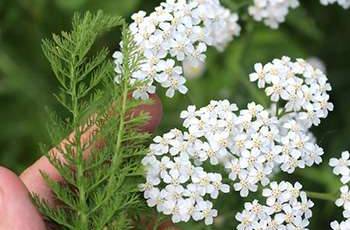
Yarrow is a beautiful flower that blooms in early spring, often found growing wild along roadsides and meadows. Its delicate clusters of white or pale pink flowers make it a charming addition to any natural landscape.
The young leaves can be eaten raw or cooked and have a slightly bitter, aromatic flavor. Beyond its culinary uses, yarrow has many medicinal qualities—it has been traditionally used to reduce inflammation, promote wound healing, and relieve digestive issues, making it a valuable plant for both health and survival.
Acorn
Acorns, the fruit from the oak tree (Quercus), are edible plants. However, it is not something you can just eat straight from the tree. Raw acorns have tannins that are toxic if not removed. Soaking the nuts in cold or hot water or boiling them can remove these tannins. Acorns are safe for eating when the water is already clear after several soakings. You can then roast them, grind them into flour or brew them into coffee to enjoy their nutty flavor.
Acorns also store well when dried properly, making them an excellent survival food. Once processed, they can be added to soups or stews as a thickener, used in bread and pancake recipes, or blended with other flours to stretch limited grain supplies. Their high fat and carbohydrate content provides valuable energy, especially in off-grid or foraging situations.
Stinging Nettle
Stinging nettle (Urtica dioica) is another spiny wild plant that many are hesitant to touch in the wild. But its young leaves make a nutritious vegetable used for soups, salad, pesto and puree. Occasionally, stinging nettles are also used in cheese production such as Gouda.
Once the stinging nettle leaves are cooked, dried, or soaked, their tiny hairs lose their sting and become safe to eat. Rich in iron, calcium, and vitamins A and C, nettles are a powerhouse food for those living off the land. You can also brew the leaves into a mineral-rich herbal tea that supports joint health and boosts the immune system.
Elderflower
Only two parts of the elderflower (Sambucus nigra) are safe for consumption – their flowers and ripe berries. Elderberries are toxic because they contain cyanide-inducing glucosides. All green parts of the plant are poisonous including its unripe fruits. However, when these green berries darken into purple and black, they become edible and safe. Its flowers can be made into cakes and biscuits. Ripe berries are cooked, dried and processed into wine, syrup or jam.
The flowers of elderflower are prized not only for their delicate floral flavor but also for their medicinal benefits. They are commonly brewed into a soothing tea that can help reduce fever, relieve cold symptoms, and support the immune system. When harvesting elderflowers and berries, it’s essential to ensure they are fully ripe and properly prepared to avoid any toxic effects.
Wild Violets
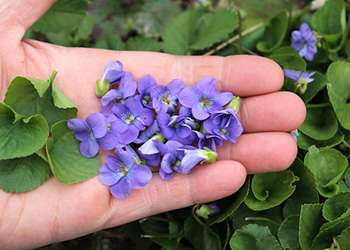
We often forget to think about flowers when we think of edible plants.
Wild violets are a great example of an edible flower you can forage in the spring to add a little beauty to your food.
Wild violets have helped treat many conditions over several centuries. The upper parts of the plant can be used as an infusion to promote sleep.
Taken in a strong tea, they help with lung health by working as an expectorant. Wild violets help treat infections in the upper respiratory tract, as well as colds, congestion, flu viruses, and bronchitis. Overall, they are a gentle immune system stimulant.
Sheep Sorrel
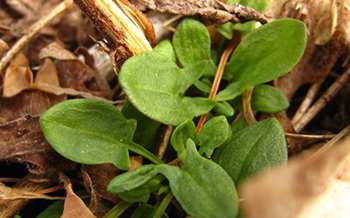
Sheep sorrel is a common lawn weed that can be eaten. It adds a sour tangy taste to your salads and can be used medicinally as well.
But make sure you don’t eat too much or it can give you a headache, make use nauseous or give you diarrhea.
Sorrel is used for reducing sudden and ongoing pain and swelling (inflammation) of the nasal passages and respiratory tract, for treating bacterial infections along with conventional medicines, and for increasing urine flow (as a diuretic). Sorrel is also an ingredient in the herbal cancer treatment Essiac.
In combination with gentian root, European elderflower, verbena, and cowslip flower, sorrel is used orally for maintaining healthy sinuses and treating sinusitis.
Fireweed
Fireweed (Chamaenerion angustifolium) is an invasive wildflower that can overwhelm the meadows. From their showy display, fireweed is also a substantial herb on its own. It is used as a medicinal plant or as a food source. All of its aerial parts are edible. The leaves can be added to salads and leafy green stir-fries. The flowers can be used as a garnish or processed into jelly. Take note that the plant grows really fast. You need to harvest them earlier before they mature into bitter-tasting plants.
Takeaway
When foraging for edible plants in the wild, remember to be critical. Do not eat a plant if you are unsure whether it is safe or not. While a vast majority of them are edible, a good number of them are also toxic. Others look similar but while one is palatable, the other can be noxious. Only consume edible plants when you are…well…100% sure they are edible.






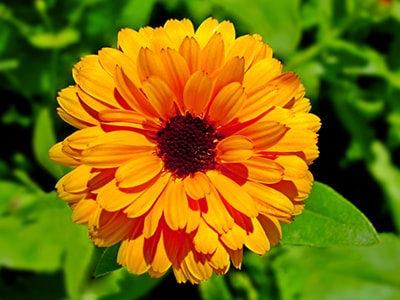
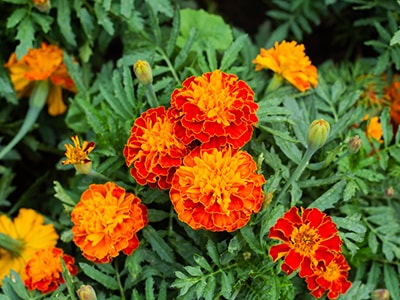
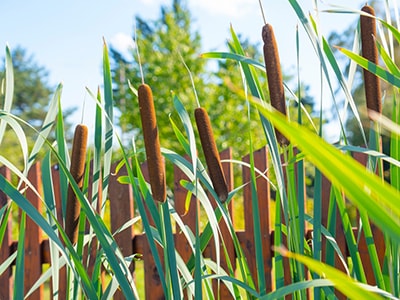
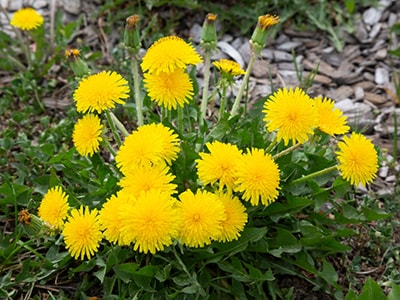
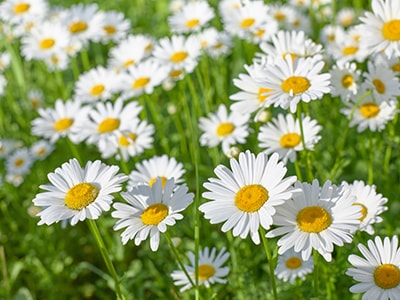
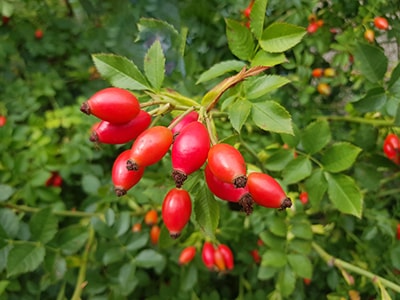
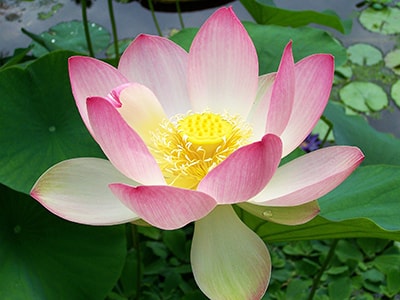
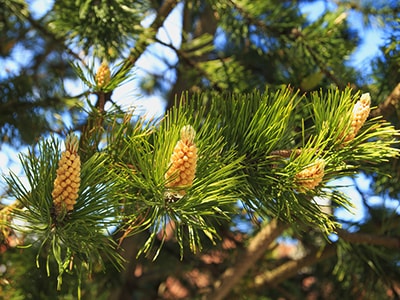
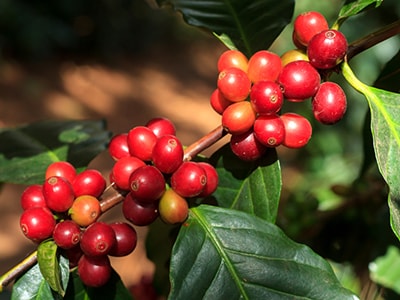
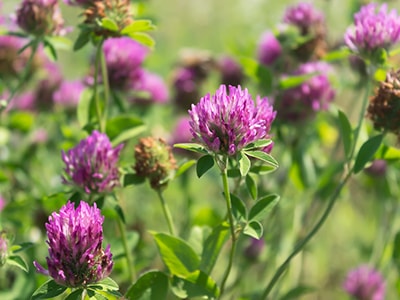
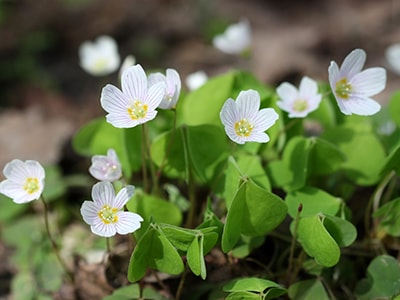
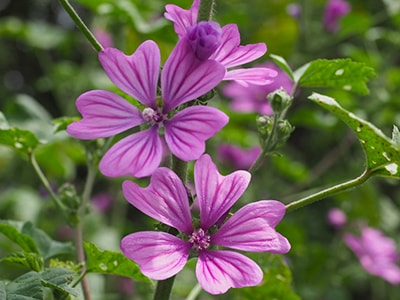
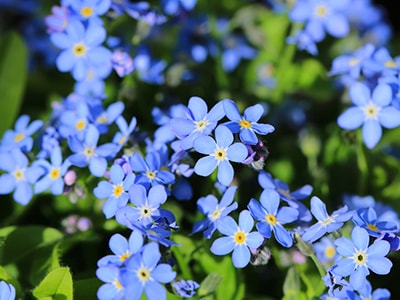
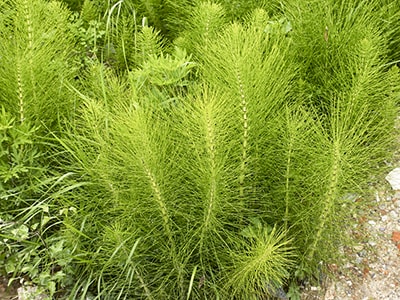
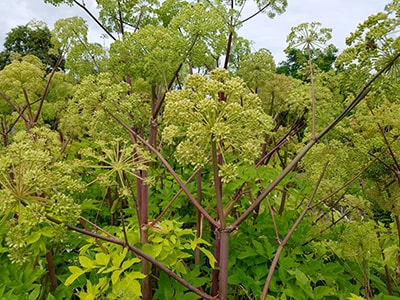
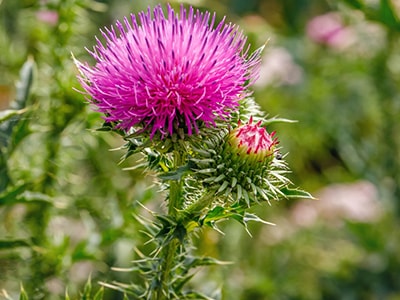
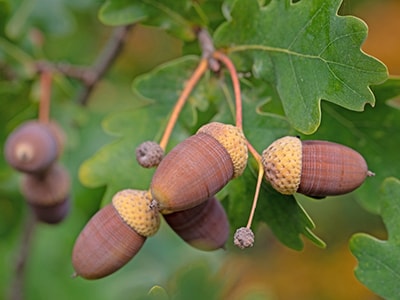
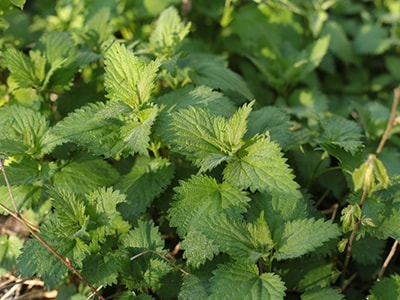
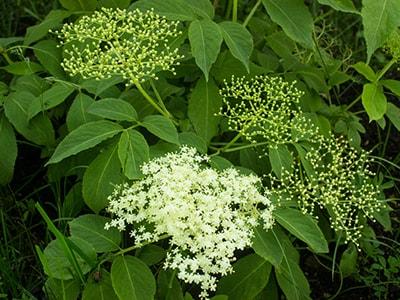
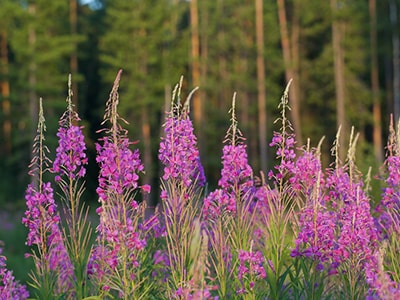
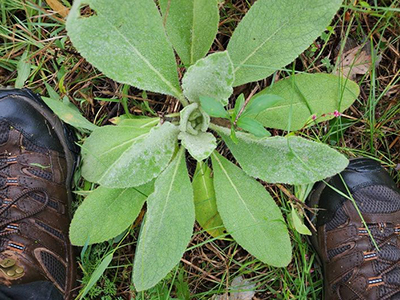
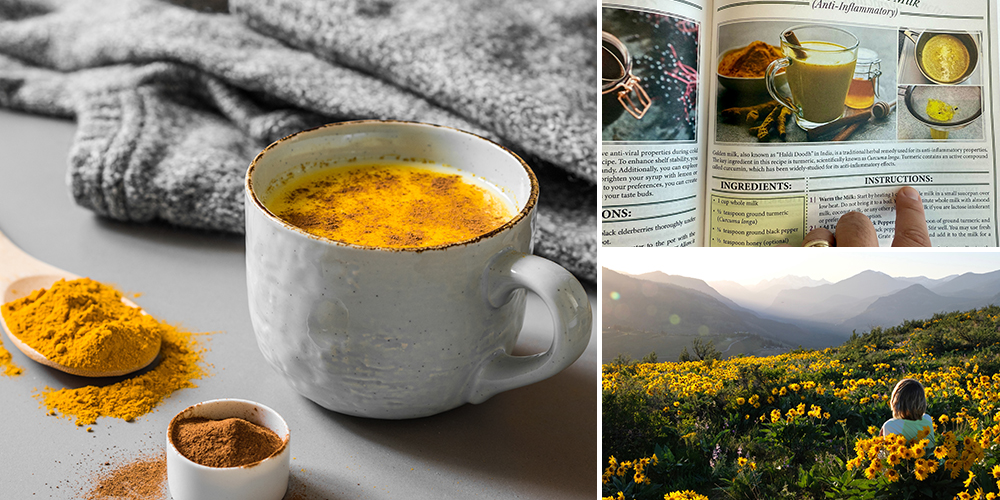

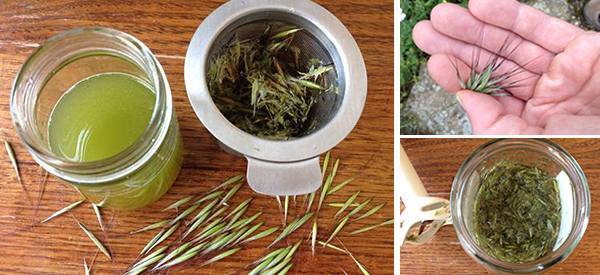
Hey, ya left out all the plantains! Baby leaves of the broadleaved variety tast a bit like mushroom. They also can be chewed into a poultice that stops bleeding and pain in a cut, and speeds up cell production on the healing process!
Chickweed and cleevers are also missing, along with hairy bittercress.
Hi Diana,
Thank you for your comment!
Plantain is a high-calcium, vitamin-A, vitamin-C, and vitamin-K-rich wild edible. Young, tender leaves can be eaten raw, while older, stringier leaves can be boiled and eaten in stews. The seeds can also be eaten.
For sure the list of wild edibles is an extensive one. We recommend checking out Nicole’s book, The Forager’s Guide to Wild Foods: https://foragersguide.com/
Many blessings and good health!
I live in a 253 year old Historic home! This info. and her books are incredible sources of info. to match your plants in your yard and for planning medical gardens! This is always a great backup if medications are or become hard to get!
Hi Gail,
Thank you so much for your kind words! We’re happy to hear you enjoy the books and articles!
Many blessings and good health!
Alert! The photo of Angelica may be misleading. A look-alike is Poison Hemlock. Be very sure you can tell them apart!
Hi Tamara,
Thank you for your point. Poison Hemlock is indeed a poisonous lookalike. Readers interested to research further about how to spot this poisonous plant can check out the article below:
https://thelostherbs.com/how-to-tell-the-difference-between-yarrow-and-the-poisonous-hemlock/
Many blessings and good health!
A long time ago, I tried marigold flowers one time raw out of my garden and had some kind of reaction on my lips. I spit it out. It was not edible.
Hi Thomas,
Marigolds are nontoxic to humans and are edible in small amounts, but eating large quantities may cause minor side effects, such as an allergic reaction. There are several edible marigold varieties, including pot marigolds (Calendula officinalis), French marigolds (Tagetes patula), African marigolds (Tagetes erecta), Mexican mint marigolds (Tagetes Lucida), and lemon marigolds (Tagetes tenuifolia).
Many blessings and good health!